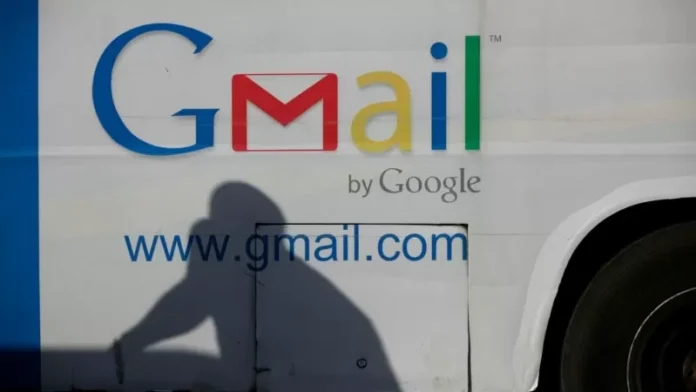San Francisco – Google co-founders Larry Page and Sergey Brin were known for their love of pranks, and they wasted no time bringing their playful spirit to their company. Every April Fool’s Day, they would unveil outlandish ideas that had people laughing and shaking their heads in disbelief. But in 2004, they decided to do something that would shock the world and change the way we think about email forever.
On that fateful April Fool’s Day, Google introduced Gmail – a free email service with a whopping 1 gigabyte of storage per account. This may seem like a small amount in today’s world of 1-terabyte iPhones, but at the time it was unheard of. Other popular webmail services like Yahoo and Microsoft only offered a measly 30 to 60 emails worth of storage, making Gmail 250 to 500 times more generous.
But it wasn’t just the storage capacity that made Gmail stand out. It also came equipped with Google’s powerful search technology, allowing users to easily find old emails, photos, and other personal information. And perhaps most revolutionary of all, Gmail automatically threaded together conversations on the same topic, making it feel like a natural flow of communication.
Former Google executive Marissa Mayer, who helped design Gmail, recalls the original pitch for the service: “The three ‘S’s’ – storage, search, and speed.” And it was this combination that made Gmail a game changer in the world of email.
But the idea of a free email service with such a large storage capacity seemed too good to be true. When The Associated Press published a story about Gmail, readers couldn’t believe it was real and thought it was just another one of Google’s pranks. But this time, Google was serious.
Former Google engineer Paul Buchheit, who was instrumental in building Gmail, remembers the project’s code name – “Caribou” – a nod to the running gag in the popular comic strip Dilbert. “There was something absurd about the name Caribou that just made me laugh,” says Buchheit, who was the 23rd employee hired at Google.
It took three years to develop Gmail, and the AP was one of the first to see it in action. A reporter was invited to Google’s headquarters in Mountain View, California, where co-founder Larry Page proudly showed off the sleek design and impressive speed of Gmail on his laptop. And with no delete button in sight, thanks to the abundance of storage, Page confidently declared, “I think people are really going to like this.”
And he was right. Today, Gmail has an estimated 1.8 billion active accounts, each offering 15 gigabytes of free storage along with Google Photos and Google Drive. This is 15 times more storage than what was initially offered, but it’s still not enough for many users who have become accustomed to holding onto every email, photo, and document.
This phenomenon of digital hoarding is what led companies like Google and Apple to start selling additional storage capacity in their data centers. And it’s also why other email services and even internal company email accounts now offer much more storage than was ever imagined 20 years ago.
But Gmail’s impact goes beyond just changing the way we think about storage. It was the first building block in Google’s expansion beyond its dominant search engine. After Gmail came Google Maps, Google Docs, YouTube, Chrome, and the Android operating system. And with its explicit intention to scan the content of emails to better understand user interests, Google also paved the way for digital surveillance and targeted advertising.
Although Gmail immediately generated buzz, it was initially only available to a limited audience due to Google’s limited computing capacity. This created a sense of exclusivity and drove demand for elusive invitations to join Gmail. At one point, these invitations were even being sold for hundreds of dollars on eBay.
But as Google’s network of massive data centers grew, the company opened the floodgates and made Gmail available to everyone on Valentine’s Day in 2007.
Today, Gmail has become an essential tool for communication and organization for individuals, businesses, and organizations around the world. And it all started with a crazy idea on April Fool’s Day more than 20 years ago. So the next time you open your Gmail inbox, take a moment to appreciate the ingenuity and forward-thinking of Google’s co-founders, Larry Page and Sergey Brin.

